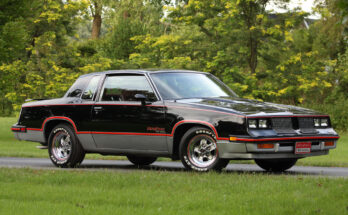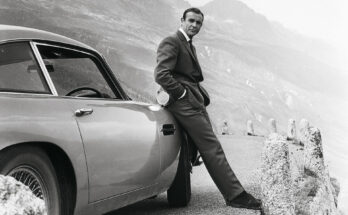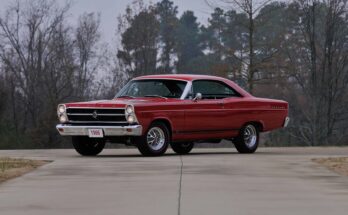Let’s roll back to the groovy, gas-guzzling days of 1974 and dive into the story of the Ford Gran Torino, a muscle car icon that starred in driveways, drag strips, and even on the small screen. This midsize marvel was Ford’s answer to the changing tides of the automotive world—blending bold style, V8 swagger, and a touch of malaise-era compromise. Buckle up for a tale of chrome, power, and a certain TV duo that cemented the Gran Torino’s place in pop culture history.
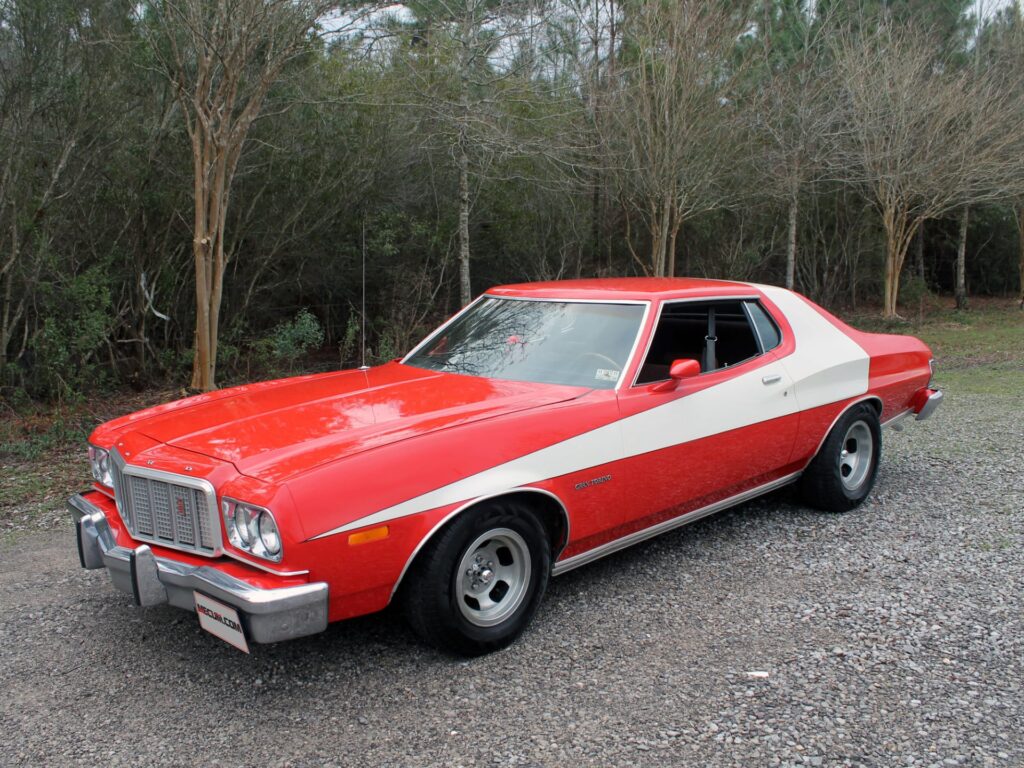
The Birth of a Legend
The Ford Torino started as a Falcon spinoff in 1968, but by 1972, it had grown into Ford’s flagship midsize line, with the Gran Torino as the top-tier trim. Named after Turin, Italy (because who doesn’t want their car to sound like a European vacation?), the Gran Torino was all about combining sporty flair with everyday practicality. By 1974, it was in its third generation, riding on a 114-inch wheelbase (118 for wagons) and sporting a restyled look that screamed American confidence, even as the oil crisis loomed.The ’74 Gran Torino came in a variety of flavors: two-door hardtop, four-door sedan, and a station wagon for the family folks. But it was the two-door, especially the Gran Torino Sport with its fastback roofline, that turned heads. With a starting price around $3,800 for the base model and $4,200 for the Sport, it was a blue-collar dream car—affordable enough for the average Joe but flashy enough to make you feel like a kingpin.
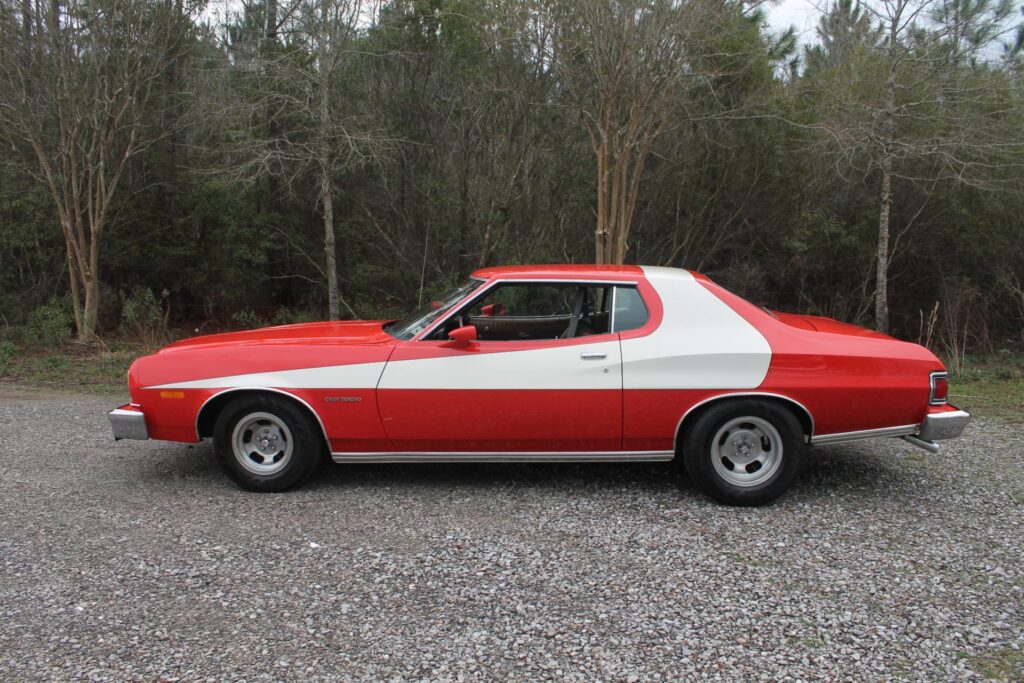
Styling That Stole the Show
The ’74 Gran Torino was a looker, with a long hood, a wide chrome grille that grinned like it owned the road, and those iconic laser-stripe decals on the Sport model. Its “coke bottle” styling—curvy hips and a pinched waist—gave it a muscular stance, even if federal bumper regulations added chunky chrome battering rams front and rear. Hidden headlights were gone, replaced by fixed rectangular units, but the Gran Torino still had presence. Inside, you got a plush cockpit with optional bucket seats, a sporty steering wheel, and enough woodgrain trim to make a ’70s rec room jealous. Power windows, air conditioning, and an AM/FM stereo were on the menu, letting you cruise in comfort while blasting Donna Summer.
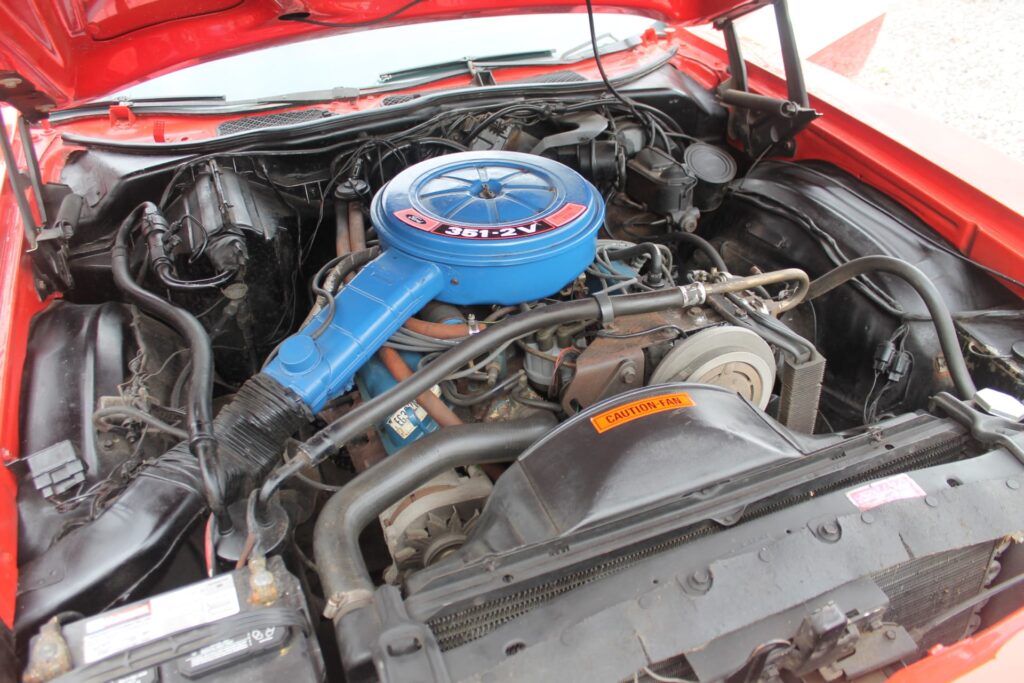
Under the Hood: Power Meets the Malaise Era
The Gran Torino’s heart was its V8 lineup, though the 1973 oil embargo and new emissions rules were starting to tame Detroit’s wild horses. The base engine was a 302-cubic-inch (4.9L) V8 with 140 horsepower, but you could upgrade to a 351-cubic-inch (5.8L) V8 (163-250 hp, depending on the carburetor) or the big dog: the 460-cubic-inch (7.5L) V8, churning out 215 horsepower and a stump-pulling 375 lb-ft of torque. All were paired with a three-speed automatic (a four-speed manual was rare but available on some models). These engines gave the Gran Torino enough grunt to chirp tires, though fuel economy hovered around 10-14 mpg—ouch at 55 cents a gallon.The Gran Torino Sport’s performance was still respectable, with the 351 Cobra Jet hitting 0-60 mph in about 8 seconds, but the days of fire-breathing muscle cars were fading. The oil crisis forced Ford to prioritize luxury over raw power, and the ’74 models leaned into cushy suspensions and quieter rides. Still, for a car weighing nearly 4,000 pounds, it could move when you mashed the pedal.
Pop Culture Stardom: Starsky & Hutch
The Gran Torino’s real claim to fame came in 1975, when a certain red-and-white two-door hardtop became the co-star of Starsky & Hutch. The “Striped Tomato,” as Detective Hutch called it, was a 1974 Gran Torino painted in a bold red with a white vector stripe that made it instantly recognizable. Driven by David Starsky (Paul Michael Glaser), this 351-powered beast roared through Bay City’s streets, chasing bad guys and sliding around corners in every episode. Ford produced about 1,000 replicas for fans, and the car’s fame skyrocketed. Even today, spotting a red-and-white Gran Torino at a car show is like meeting a celebrity—folks can’t resist snapping a pic.
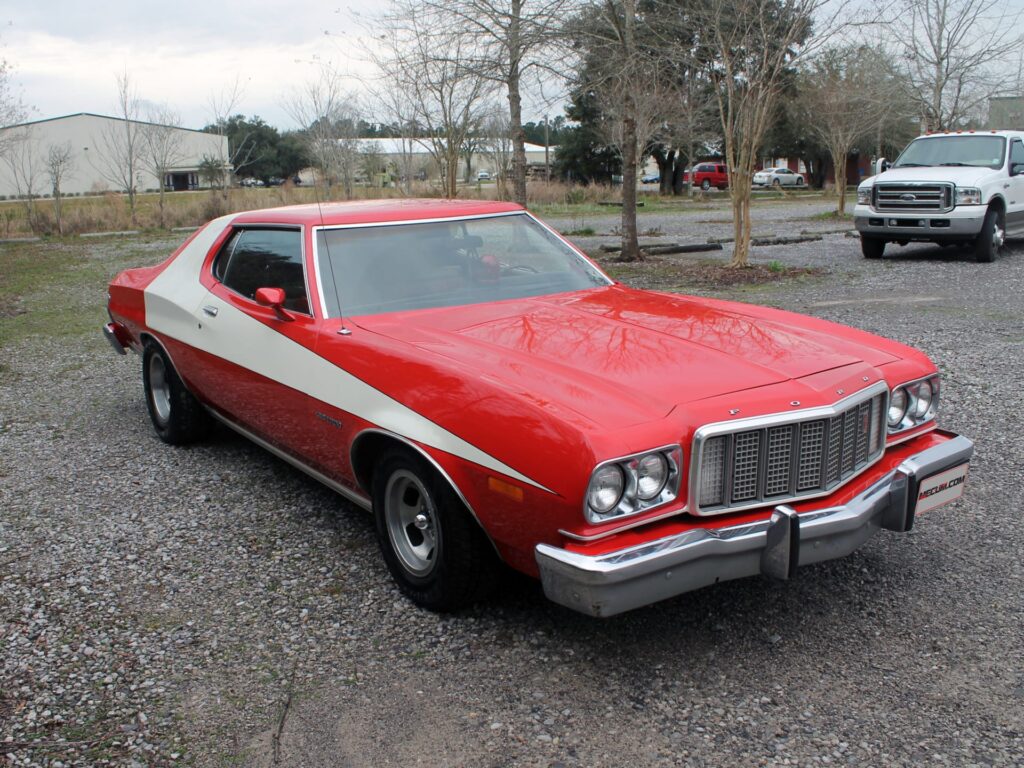
The Karma Connection
Unlike the reckless driver in our earlier tale, the Gran Torino was built for drivers who wanted to look fast without always driving fast. But if you were weaving through traffic like Speedy McSpeedface, the Torino’s weight and soft suspension would remind you to chill—unless you wanted to scrape a guardrail or meet Officer Karma. Its size and V8 rumble made it a cop magnet, but its charm was undeniable. Owners loved it for its versatility: one day hauling groceries, the next day burning rubber at the local drag strip.
The Legacy
By 1976, the Gran Torino was replaced by the LTD II, and the muscle car era was on its last legs. But the ’74 model remains a fan favorite, with 169,000 units sold that year despite gas prices and new safety rules. Collectors hunt for the Sport models, especially those with the 460 V8 or the Starsky & Hutch paint job. Values range from $10,000 for a decent four-door to $30,000+ for a pristine Sport or replica.The ’74 Gran Torino was a bridge between the muscle car’s glory days and the luxury-focused future, a car that could play both tough guy and family hauler. It was bold, brash, and just a little impractical—everything a ’70s classic should be. So, next time you see one cruising by, tip your hat to a car that starred on TV, turned heads on the street, and still makes gearheads grin like it’s 1974 all over again.
